Leapmotor was only six months old at the Brussels Motor Show when its Chinese teams unveiled the lines of its first SUV, the C10, to Europe in September 2024. At the Belgian motor show, and before signing with the Lebrun brothers to launch an initial communication campaign in France, Leapmotor only had around sixty points of sale in France, and a small electric vehicle, 3.6 meters long, competing in the range of electric cars at well under 25,000 euros.
Summary
Without trying to overshadow it, or to become a new cash machine, the C10 aimed to capture 15% of the sales mix, with a range of engines that was only waiting for March to open up to a concept that was far from being known in France, that of electric cars with range extenders. An improved form of hybridization, based not on thermal models but on electric ones, and whose thermal engine takes the place of a generator to recharge the battery connected to the electric motor, the car's sole source of traction.
The C10 in REEV version, for Range Extender Electric Vehicle, is very appealing on paper. Rather than an electric battery giving it only 424 km of autonomy (according to its theoretical WTLP cycle), the REEV reaches 970 kilometers. The battery located under the floor is however smaller, at only 28.4 kWh, but is supplemented by a 50 liter tank of gasoline, enough to generate the energy necessary to extend the range. In all-electric mode, the range is announced at 145 km, and it can also be recharged using a conventional socket, like an electric car, using alternating current (6.6 kW) or direct current (65 kW).
Available at 37,400 euros, the Leapmotor C10 REEV nevertheless comes with some noticeable flaws even before you try it. Firstly, the vehicle's layout, where the trunk loses 35 liters (because of the tank), and removes its loading space at the front to install the thermal generator. Taxes also weigh, as Europe penalizes cars with only electric engines exported from China. The Leapmotor C10 REEV is thus subject to customs duties of 21%, before being taxed again in France as a plug-in hybrid (penalty of 2,390 euros).
Is the new C10 REEV out of step? Leapmotor still expects to sell this range-extender version of its SUV sales mix. It's difficult to predict the target, as the brand hasn't set any specific figures. Its teams are growing, but their message remains dependent on the one in China, as evidenced by a fully scripted press conference read by one of its new product managers. Every element of the C10 REEV found its superlative, down to the smallest part. A deceptively detailed presentation, in contrast with technical questions from journalists left unanswered.
A hybrid without a combustion engine, what does that give?
The body of the Leapmotor C10 is not new. It was presented last September. But this range-extender version, the REEV, is only arriving this March. Enough to pique our curiosity, to test a new form of motorization, supposed to "benefit from the best of both worlds", as the brand's teams introduced it to us.
With a full battery, the Leapmotor C10 REEV is a decent electric SUV
For the first 90 kilometers, the result is enticing, as would be a PHEV hybrid car. Contact and the 4.74 meter SUV, slightly shorter than a Tesla Model Y, comes alive with the silence of its 215 hp electric motor. The soundproofing is good, the hi-fi system is good, and there is an ergonomic driving position, with a steering wheel that is quite pleasant to hold and a glass surface offering good visibility on the road. The kilometers are racked up in EV+ mode, which is supposed to force the use of the electric battery.
As we approach the 100-kilometer mark, the 10.25-inch screen behind the steering wheel shows us a remaining charge of less than 30 kilometers. Slightly less than announced on the Leapmotor C10 REEV's technical specifications, but we'll excuse the range-extending electric SUV for our almost entirely highway journey from Valencia, Spain, heading towards Barcelona. The time has come to take the secondary network and switch to Power+ mode, forcing the start of the 1.5-liter gasoline engine, from the Chinese brand DFSK. A start that will allow us, for the rest of the day, to keep 30 kilometers of autonomy in the battery.
When the thermal engine wakes up, it grinds
During this second part of the first day of travel, our 30 kilometers of stabilized autonomy in the battery did not alert the thermal engine, which was rather discreet, with an average consumption of 6.5 L/100 km. But without being connected to the running gear, and only responsible for running the battery regenerator, its engine speed does not follow the same accelerations: it spins, harder when you decide to put the watts in, to try to compensate for the corresponding electricity consumption. Linear accelerations, which give the feeling of over-revving, and which are reminiscent of a certain e-CVT gearbox on old Toyota hybrids.
On the second day, after spending a night without recharging at a terminal, we experienced another side of the Leapmotor C10 REEV. With only 10 kilometers of range remaining in the battery, the mapping of the thermal engine changes, and the combustion noise increases in the passenger compartment. The engine revs up, and consumption takes off. It is now more than 8 L/100 km. Our hillier route gives us the opportunity to get to grips with the depths of the range extender system, which doesn't inspire confidence on even more mountainous routes. To cope with the absolute necessity of converting the energy of the combustion engine into electricity, the electric motor loses power.
The problem of the Leapmotor C10 REEV with a low battery
From a standing start and with a low battery, accelerating the Leapmotor C10 REEV to 100 km/h takes twice as long as when the battery was still good. From 8 seconds according to our measurements in real conditions, and with two people on board, the SUV will take 8 seconds longer in conditions where recharging is preferred over the power of the electric motor. This is not an illogical observation – 100% electric cars also reduce their power as they approach running out of fuel – but it must be taken into account, as the autonomy of the Leapmotor C10 REEV can melt away at great speed if you stay in EV+ mode.
The solution is to switch to a charging station. To do this, Leapmotor offers a choice of AC or DC outlets, with 6.6 kW and 65 kW respectively, for charges between 4.5 hours and 30 minutes. These charges can be spaced out more frequently by taking advantage of the car's two intermediate driving modes: EV and Fuel. The former only activates the combustion engine during strong acceleration, while the latter sets a threshold of between 30 and 80% remaining energy before switching to energy recovery mode. Power+ mode will be especially useful for delaying a switch to EV+ – in the city for example, where it will be more optimal to rely on the battery.
Does Leapmotor have the shoulders for a 37,000 euro SUV?
If Leapmotor is now in France and Europe, it is thanks to Stellantis, which spent $1.5 billion to make the Chinese brand the fifteenth star in its constellation, by becoming its exclusive distributor. Together, the two mobility players have created a joint venture, helping Leapmotor quickly and easily open points of sale and leverage the giant's efforts to expand into Europe. A strategy that has also crossed the brand's mind to promote its C10 REEV. "For Europe, we relied on Stellantis expertise to adapt the chassis," one of them explained.
Where has the damping gone?
In reality, the electric SUV with a range extender has only revised its settings, which, in our test of the Leapmotor C10 REEV, should now be mentioned. The 1950 kg electric SUV is particularly poorly damped, due to a very firm setting. Even on a very recent surface, the road surface seems to be dotted with irregularities. The speed bumps are noticeable, especially in the rear seats. To compensate for these jolts, we fortunately benefit from very soft seats, which are increasingly rare in the industry. The same goes for the rear shelf, even if the backrests are quite firm.
At the wheel, the pleasure of the driving position and the view of the road are masked by a steering that is disconnected from the road and very light. Ergonomics also take a hit on the brake pedal, as you have to contort your foot to access it without lifting your heel. The pedal travel doesn't provide enough power for progressive braking, and you'll have to forget about the possibility of regenerative braking strong enough for One Pedal driving. That said, with its chassis, weight, and firm damping, the Leapmotor C10 REEV will hold its own pretty well in terms of body roll, while the car corners flat and is pretty well balanced.
The limits of the central screen, ADAS, and the navigation system
To compete with a Tesla Model Y or European manufacturers, in a market where the vehicle costs more than €37,000, Leapmotor should have been more rigorous about its digital system and driving aids. Before hitting the road, you'll have to remember to deactivate no fewer than four driving aids with false alarms. And to do this, you'll have to bypass a shortcut and open the settings menu. For "emergency lane keeping assistance," there's no way to uncheck the option while driving. However, you'll be advised to deactivate it, otherwise the car will beep every 15 seconds and try to correct your trajectory even if it's correct.
Speaking of trajectory correction, the experience becomes more complicated when activating the semi-autonomous driving mode (lane keeping and adaptive cruise control). The system to avoid leaving the road simply didn't work, despite our multiple attempts during our test of the Leapmotor C10 REEV. The cruise control functioned without the fluidity necessary to give confidence in the machine. The cameras are there, however, all around the car, offering a 360-degree view. They also integrate into the interior, with a lens on the left side of the windshield aimed at the driver's face.
Looking at the screen will be useful for following the navigation, available under an internal system, developed on the "Leap OS 4.0", an overlay to Android Automotive which unfortunately will not have Android Auto or Apple Car Play to display the applications of its smartphone. Leapmotor plans to offer a home-grown app by the summer to mirror the smartphone's display to the 14-inch touchscreen, and is currently content to offer certain apps like Spotify in an app store.
The translations were not lacking, and everything seemed rather fluid and responsive (Leapmotor is based on a Qualcomm Snapdragon 8155 chip). The navigation display is stylish, but is not very precise, especially when approaching highway ramps where it is a question of keeping left or right. As for the small lane indicating the directions, we will have to learn to do without it. On certain sections of priority road with intersections, the system kept repeating "soon continue to follow the main road". Not five or ten, but more than 15 times in the space of a few minutes.
Compromis et griilles
There were plenty of bugs. On the second day, on a hillier stretch of road where we were experiencing the battery at 10% and the engine losing power, we also noticed crackling coming from the speakers. More noticeable from the rear seats, they certainly hampered the experience and filled us with doubts about the Leapmotor C10 REEV's build quality, despite its price of over €37,000. Instead of a key, you'll have to make do with a small plastic card to place on the front left rearview mirror, instead of a hands-free system. It will still be possible to replace the key with your smartphone, but again, you will have to use the rearview mirror's NFC system.
We will still be pleased with the space on board and the rather plush interior trim, from the front seats to the center console, including the door trim, including the rear. Our test model, equipped with upholstery and dashboard in a color halfway between purple and gray, proved very welcoming and original (in addition to a brown color). Pleasant to the touch, it won't be the most stain-resistant, though, while the slightest dirt on a bag will mark the seat.
For 37,400 euros, the Choosing the REEV version will come with its share of compromises, compared to the 100% electric version. We have already mentioned the trunk which goes from 435 to 400 liters, and the storage space under the front hood (frunk), replaced by the thermal engine. In terms of fast charging, in direct current, the 84 kW of the 100% electric version will not be available, just like the 11 kW of the alternating current charging. Finally, the price, as we have already mentioned: the Leapmotor C10 REEV will accumulate two tax differences; in Europe for its Chinese import (more than 20%) and in France with its hybridization (2350 euros).
Summary: The Leapmotor C10 REEV arrives too early on the market, taking too little advantage of Stellantis
The only model imported from China by Leapmotor, the C10 seems to be the ugly duckling of the brand, which is expected to launch production of a new electric SUV in Spain next year (B10), near Tarragona. Despite the kit design of the T03, assembled in the Polish factory in Tychy, the C10 will remain a model produced in China and brought by ship, which will suffer from double taxation bringing its price to that of the 100% electric version. Its arrival in a segment where manufacturing quality and premium equipment are essential makes the C10 REEV not up to par, and which should have benefited more from Stellantis to have better foundations and start building a good reputation.
With its range extender, the Leapmotor C10 REEV wins the point of having offered us a more unique experience than the rest of the current electric car market, where models are only separated by a question of autonomy and compromise between their equipment, the marketing around their design and their price list. Leapmotor certainly does not take the point of design, which seems to come straight out of an AI supposed to summarize the modern automobile, by making the sum of all the existing appendages. The C10 REEV will still please with its colors, especially the interior, the comfort of its upholstery and the space on board, but will remain a model not to be recommended for its lack of maturity, its numerous bugs and its range extender which will not replace a good hybrid.
Leapmotor C10 REEV
37400€Pros
- Luxurious, bright, and spacious interior
- Balanced chassis
- Audio system and soundproofing
- Rear window wiper (missing on the Model Y)
Cons
- Small trunk
- Weak battery = decreased power and increased fuel consumption
- ADAS not up to scratch
- Navigation system, missing Car Play and Android Auto
- Double taxation

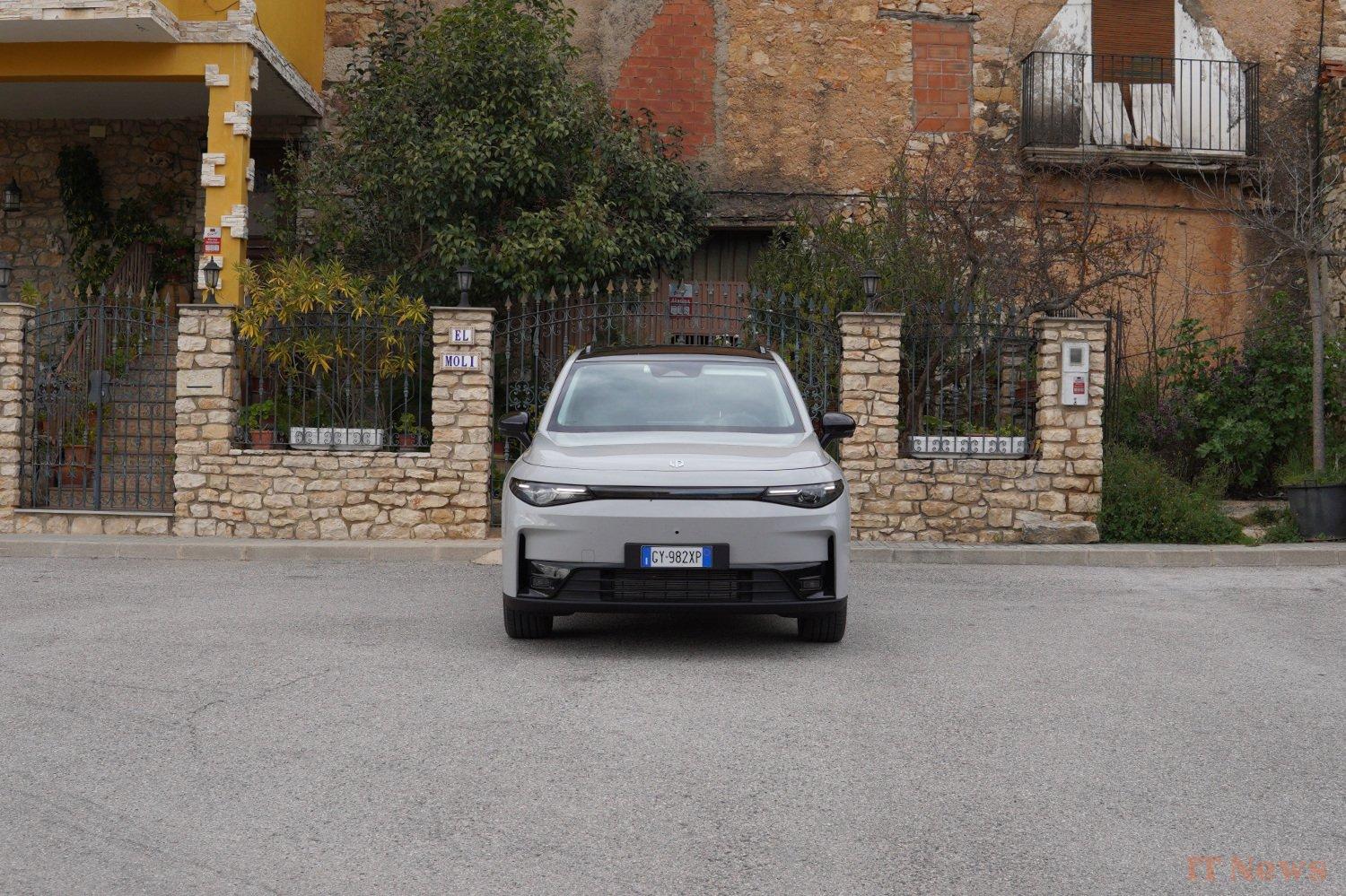


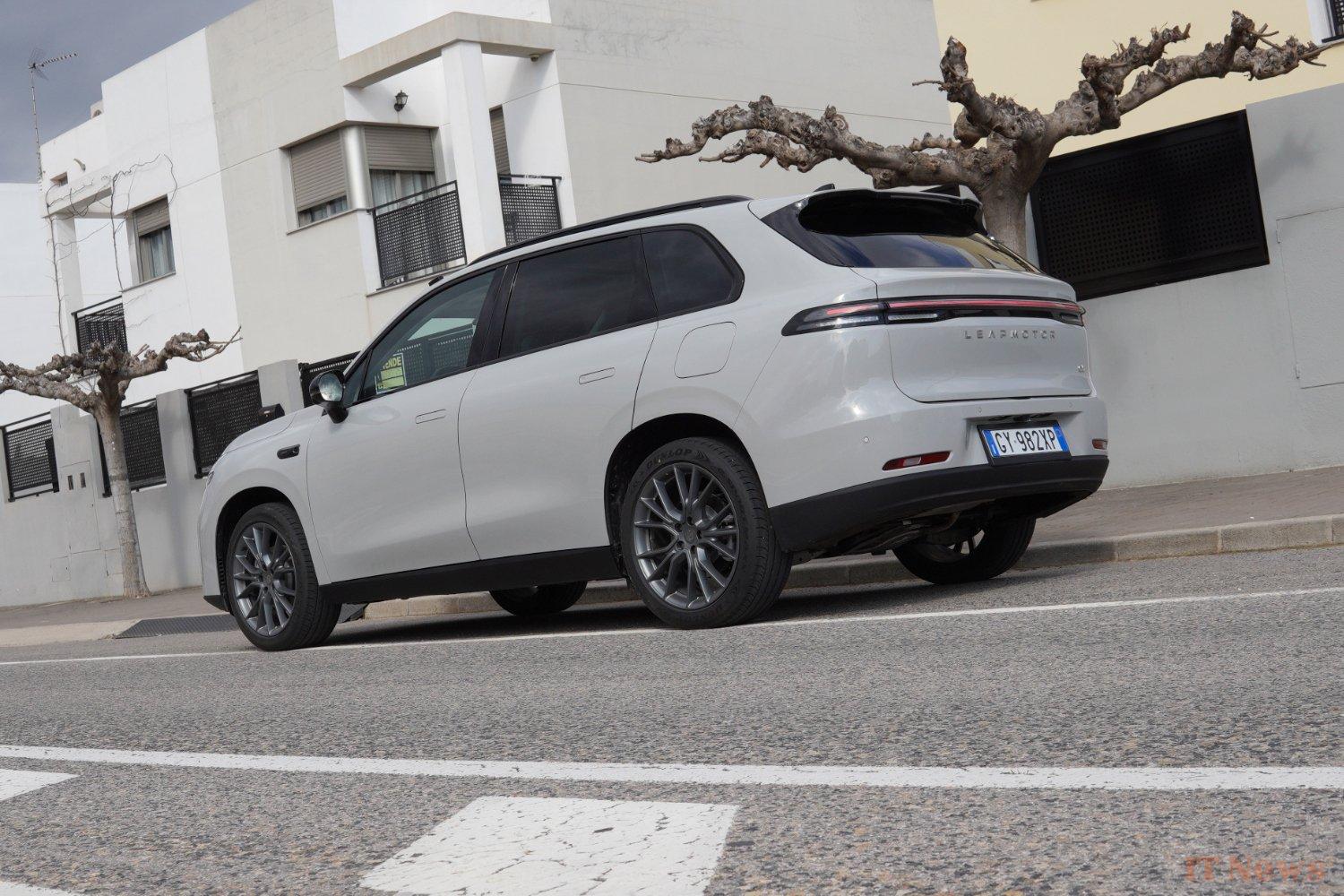
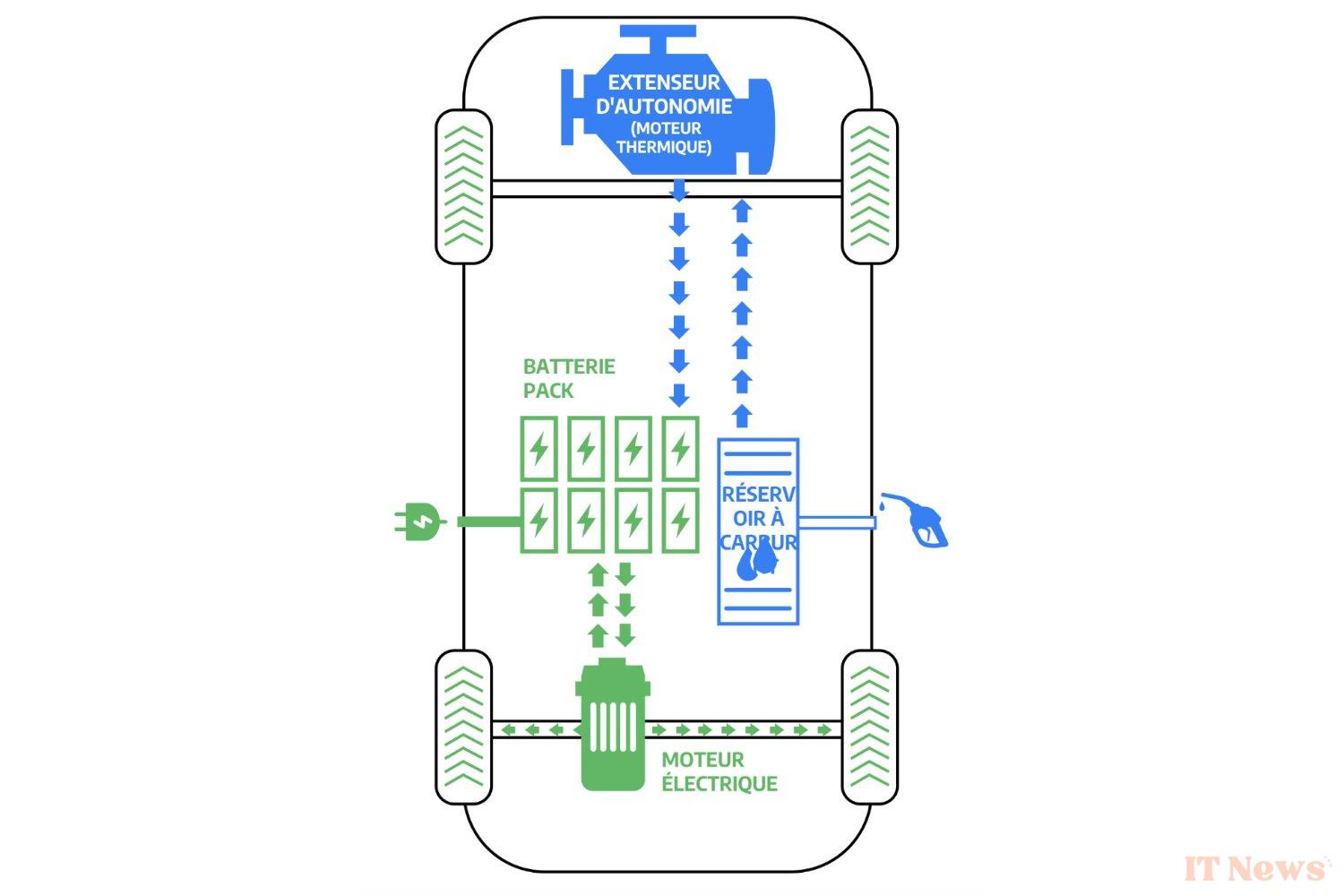
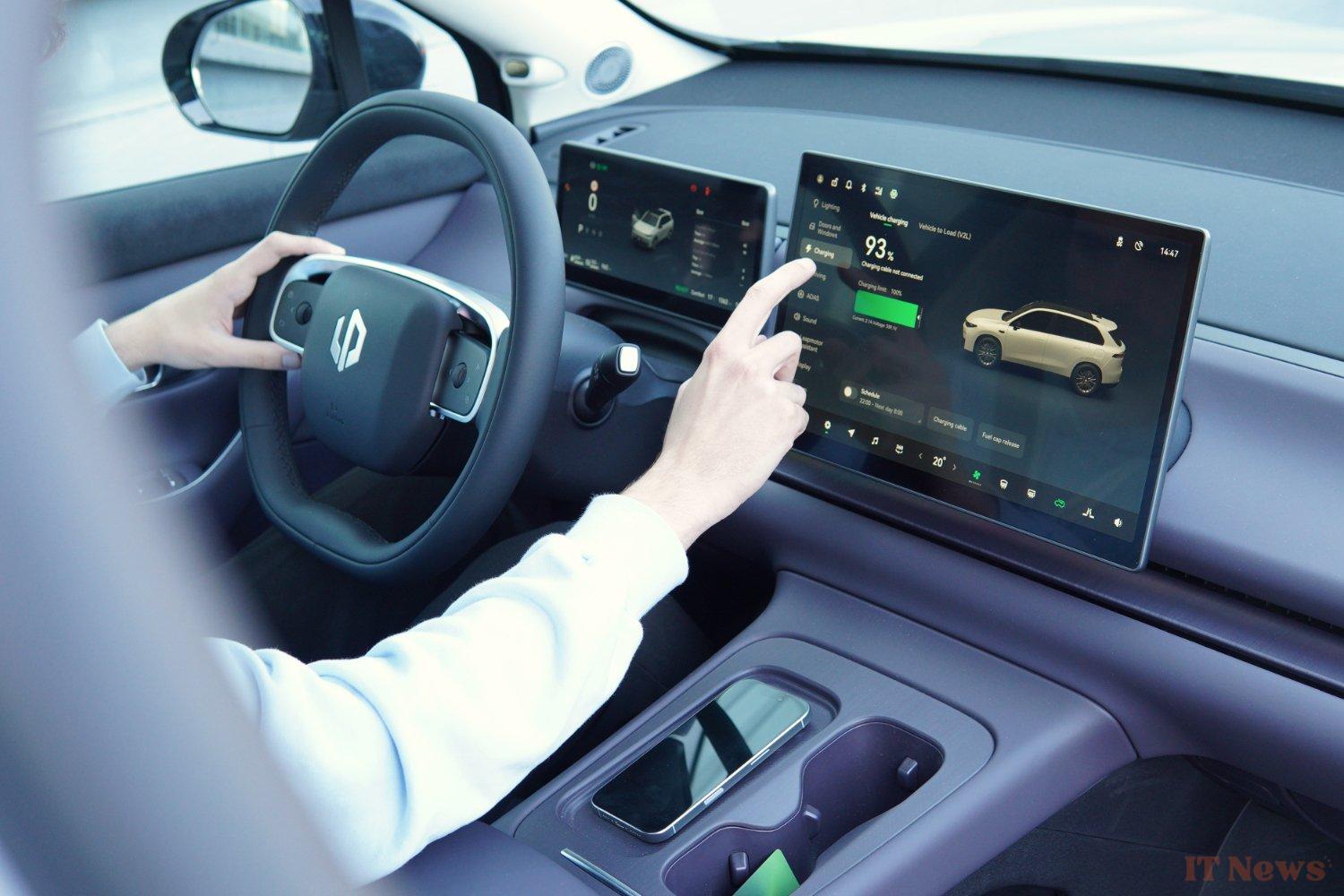
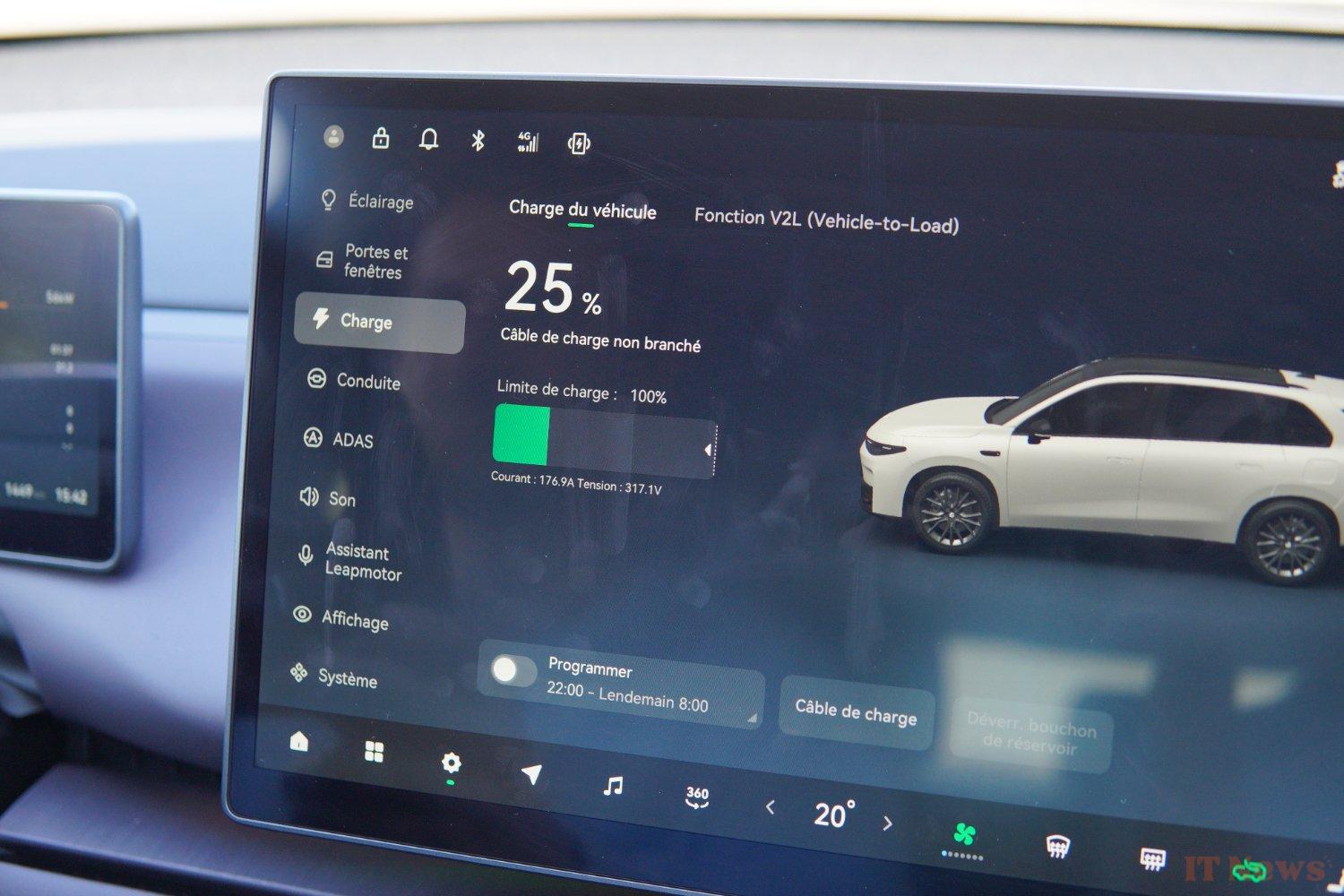
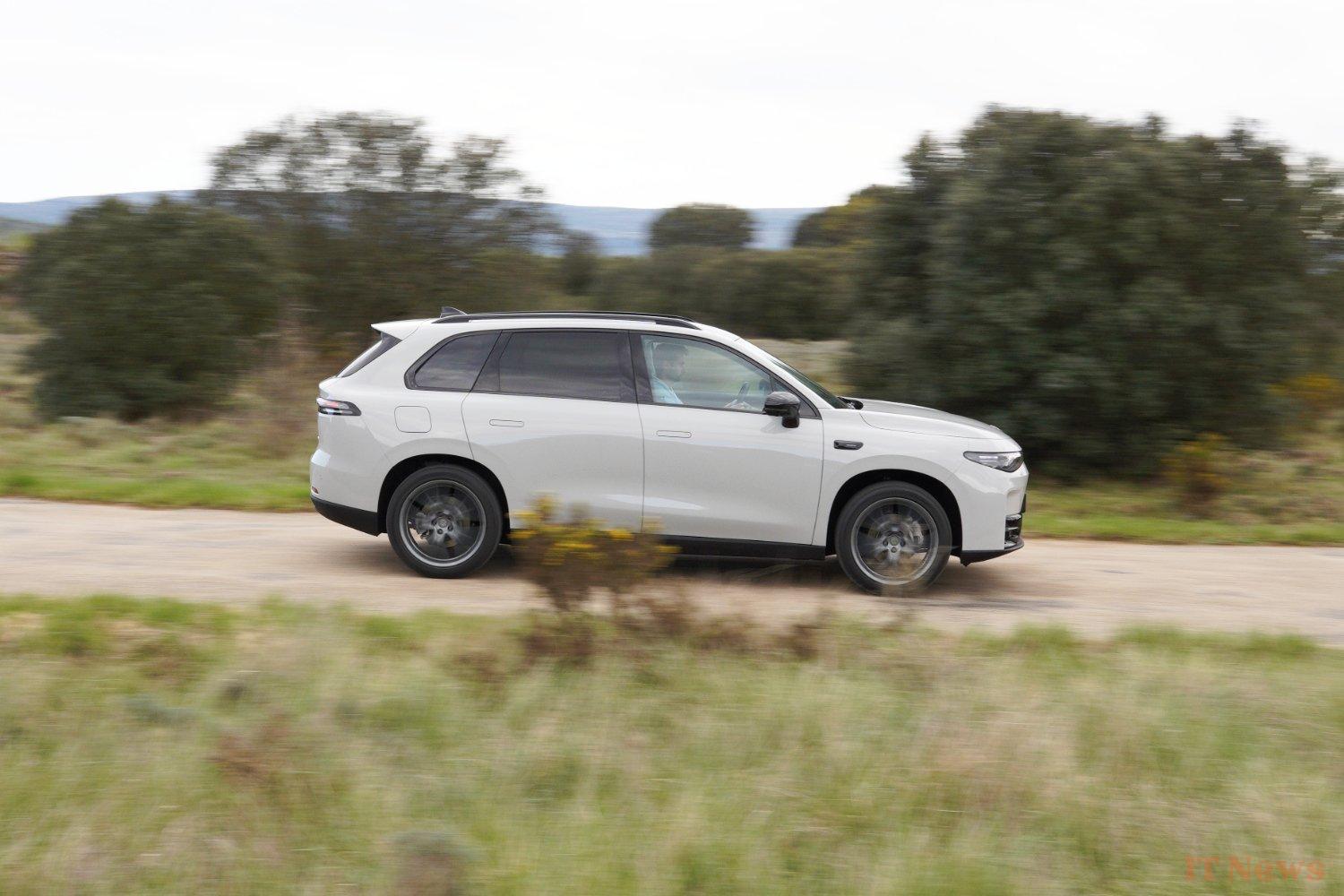
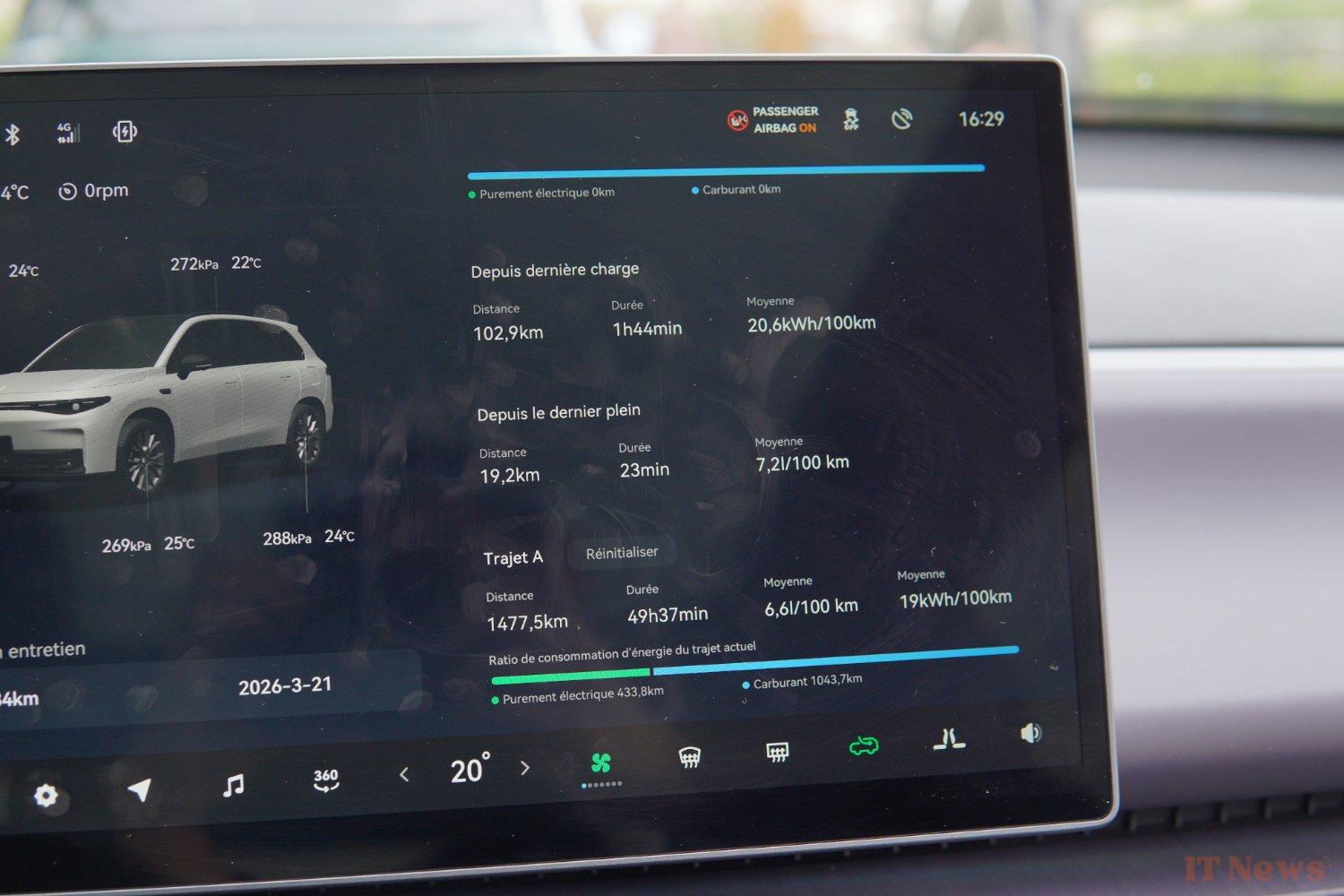
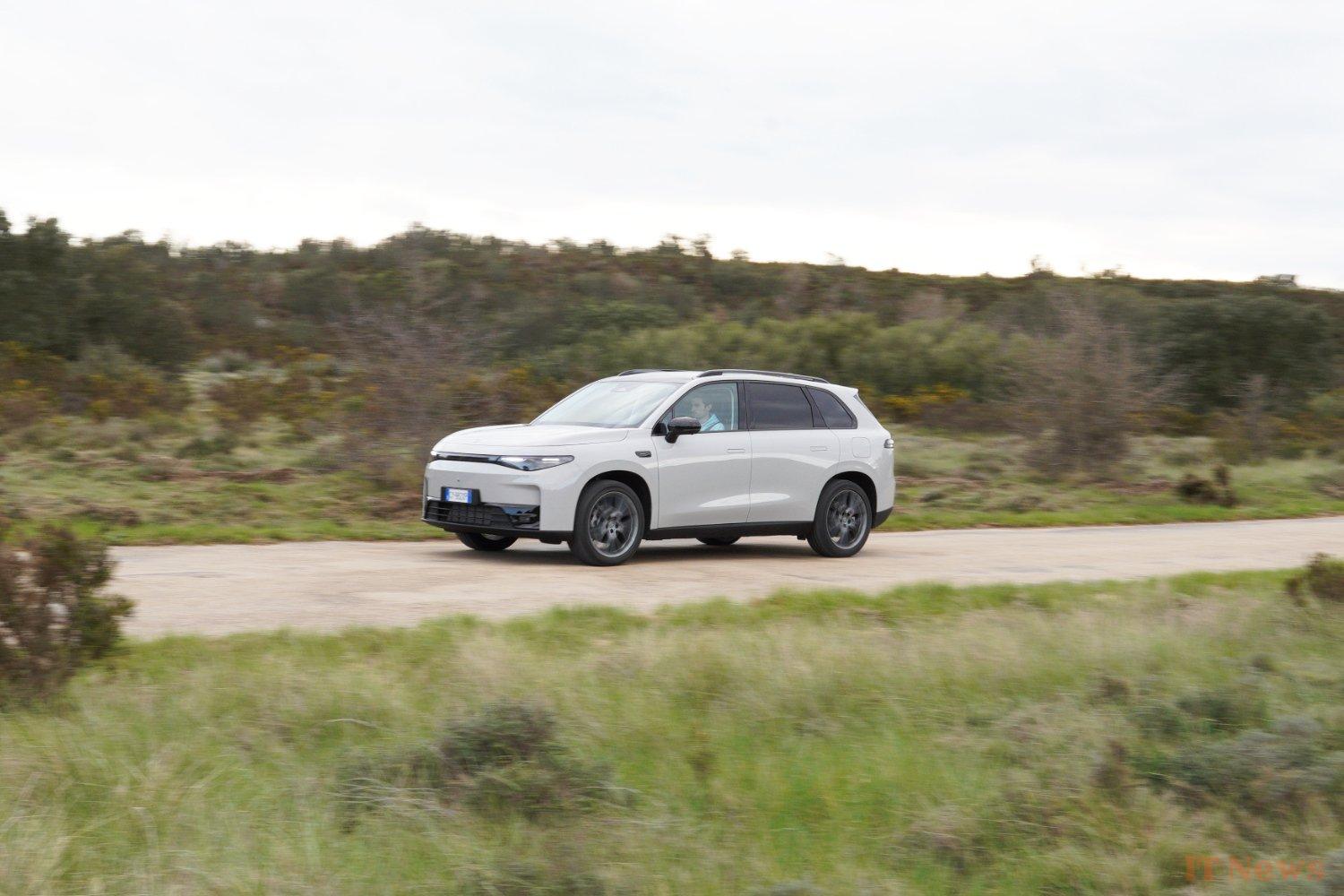
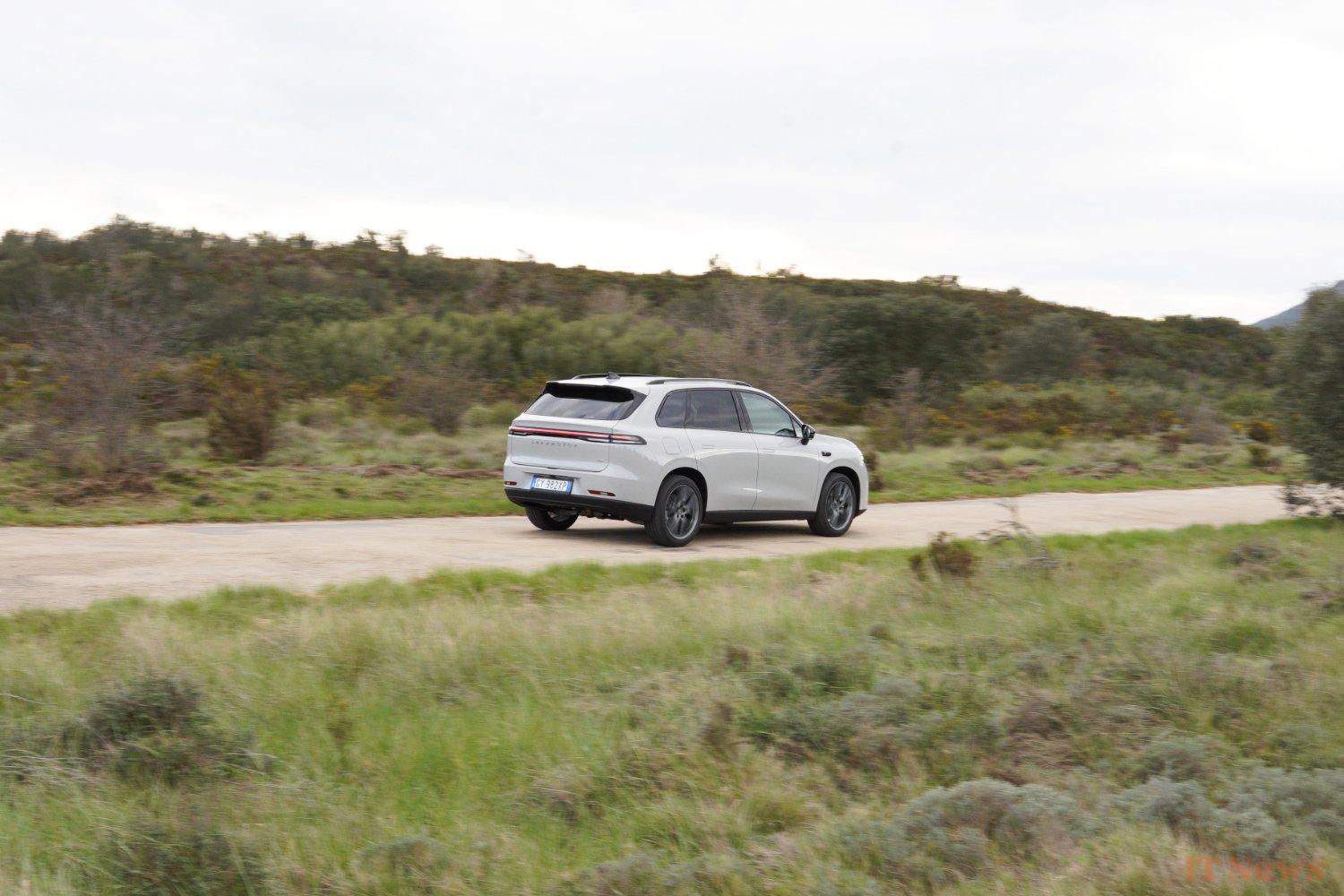


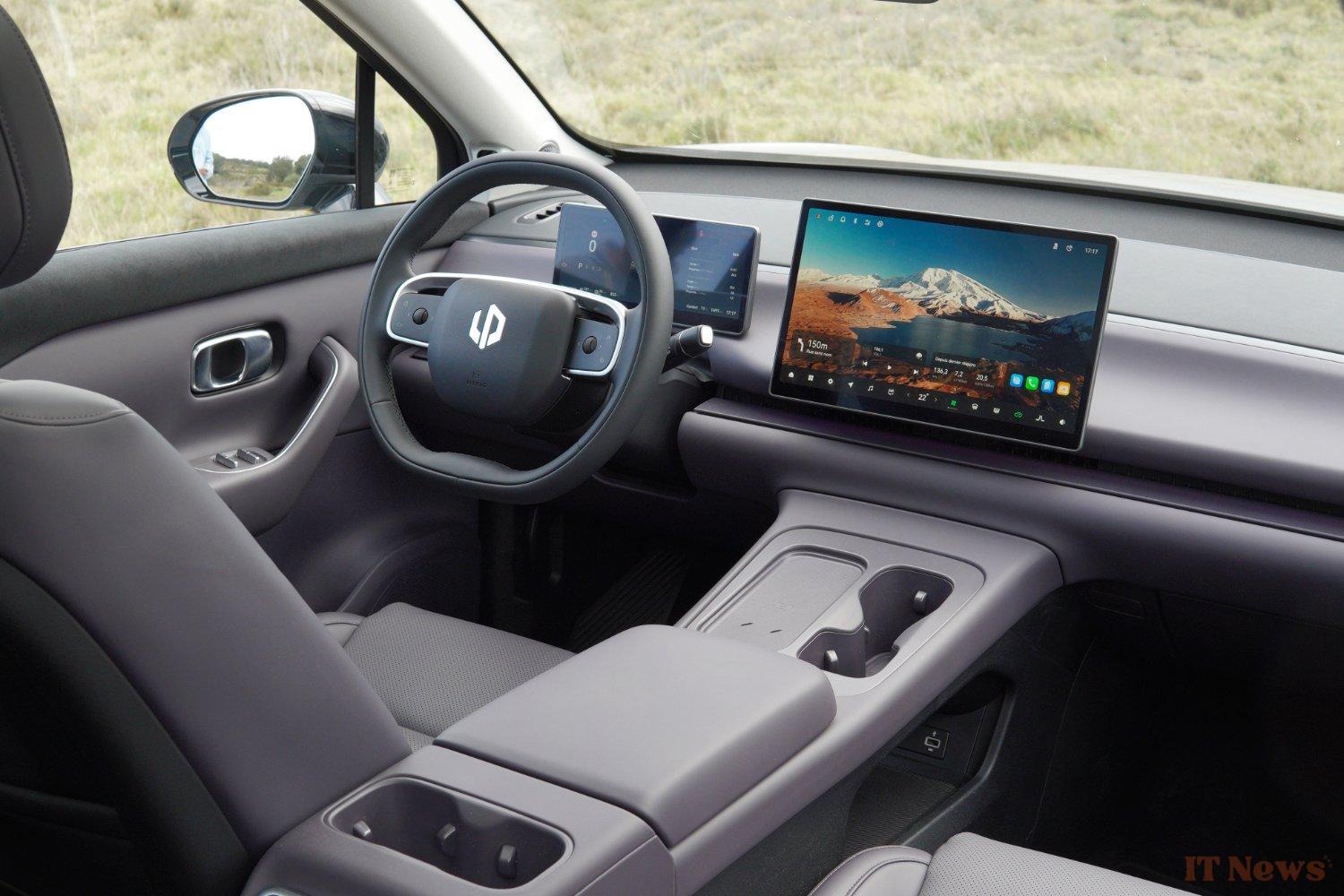
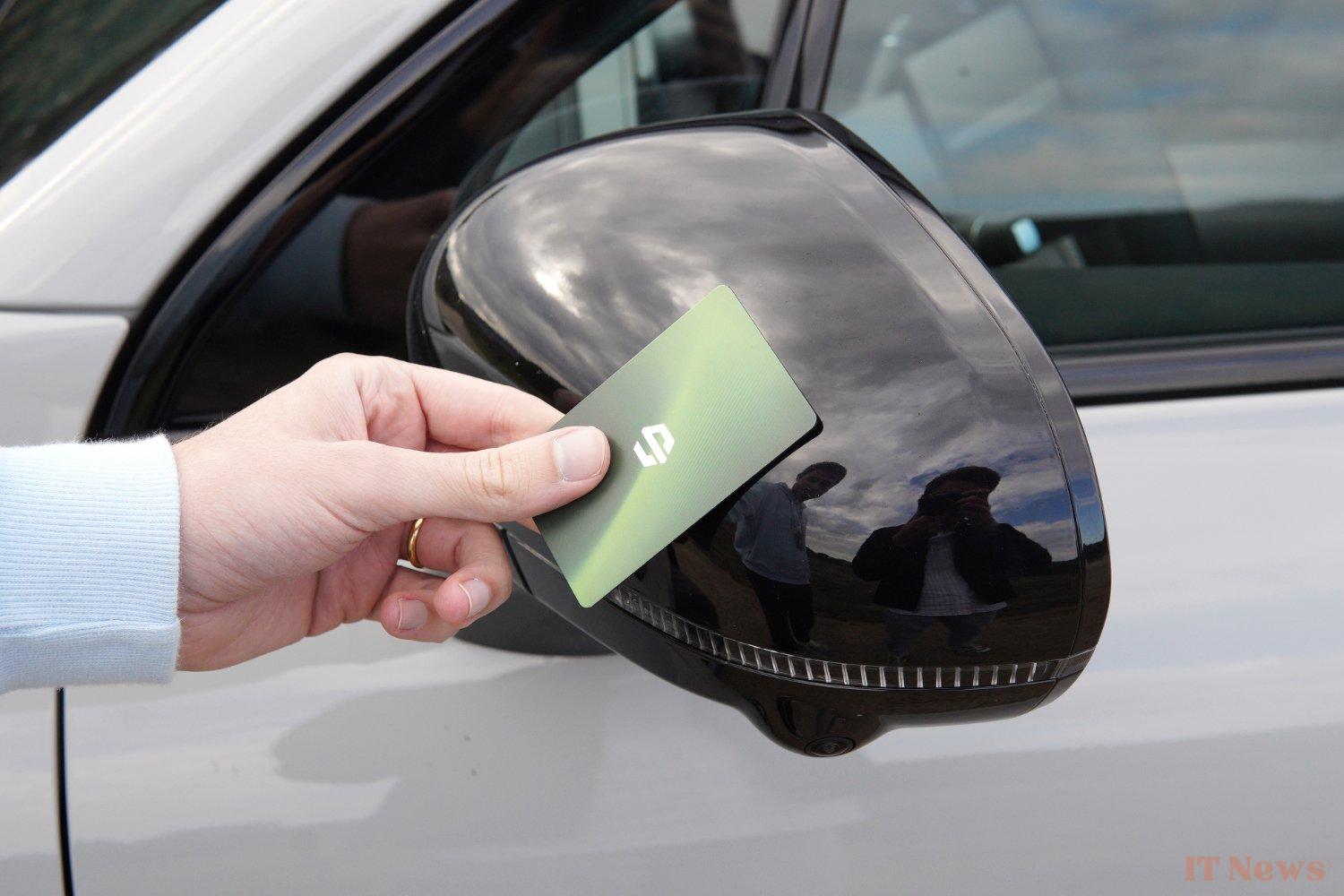
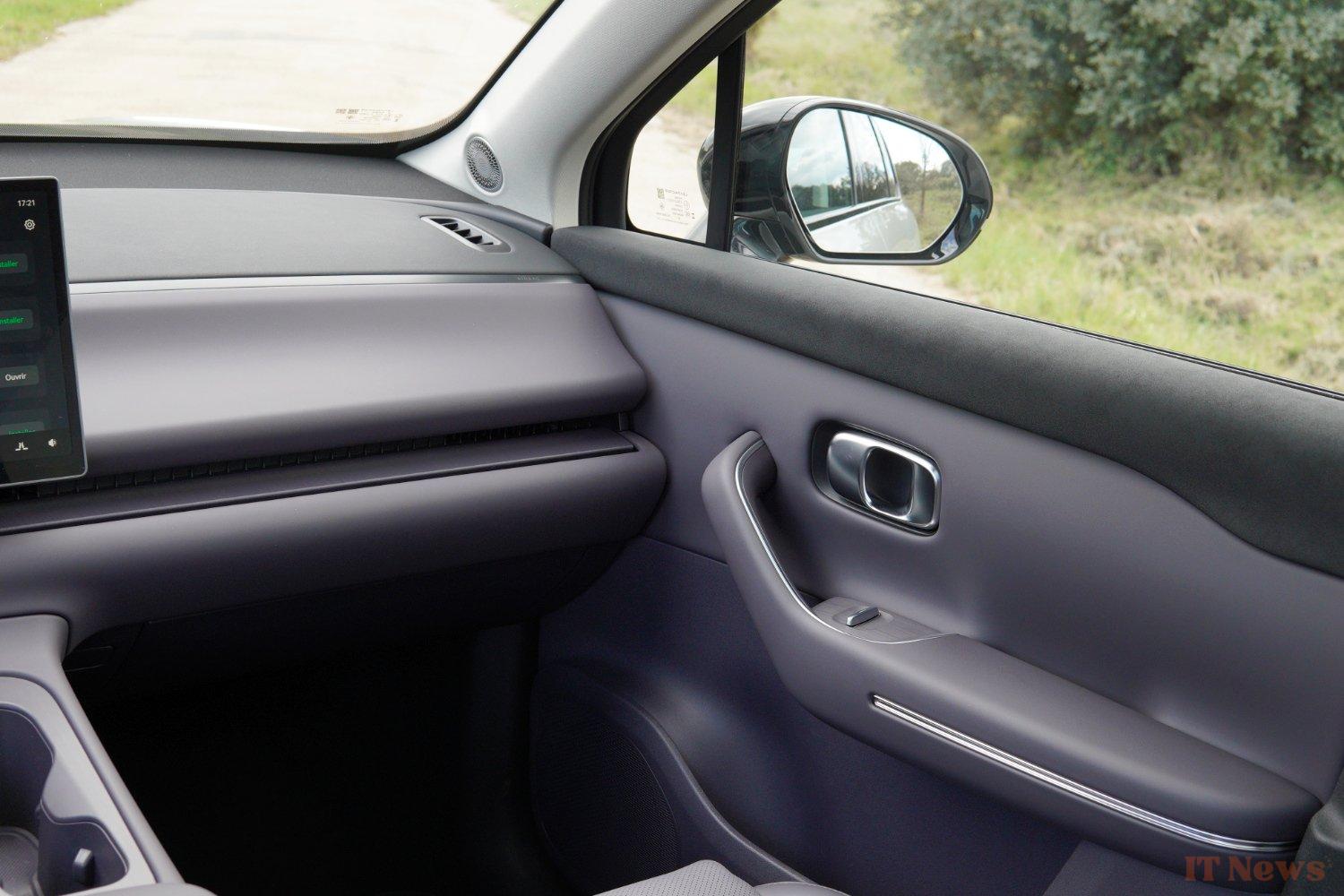


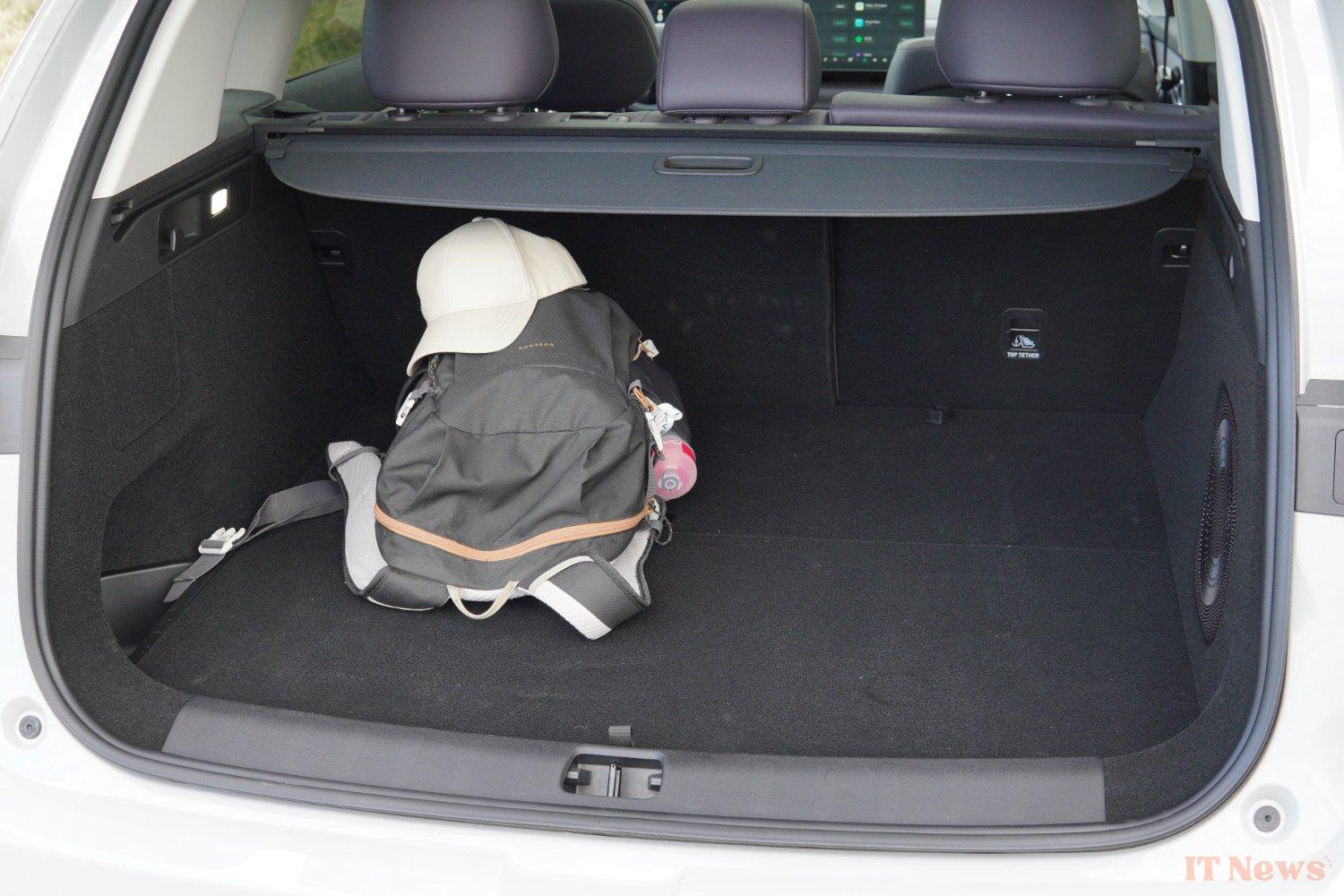
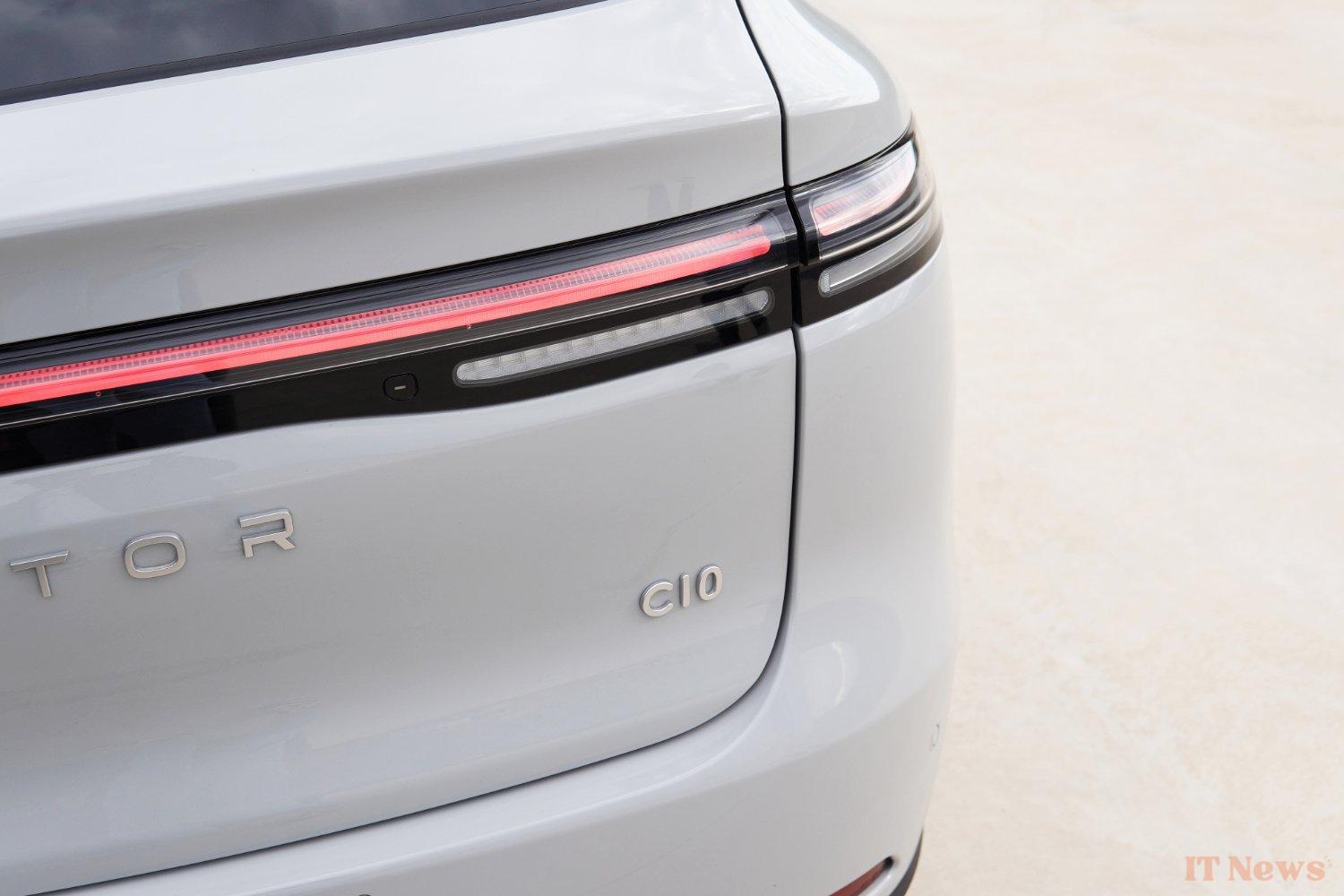

0 Comments